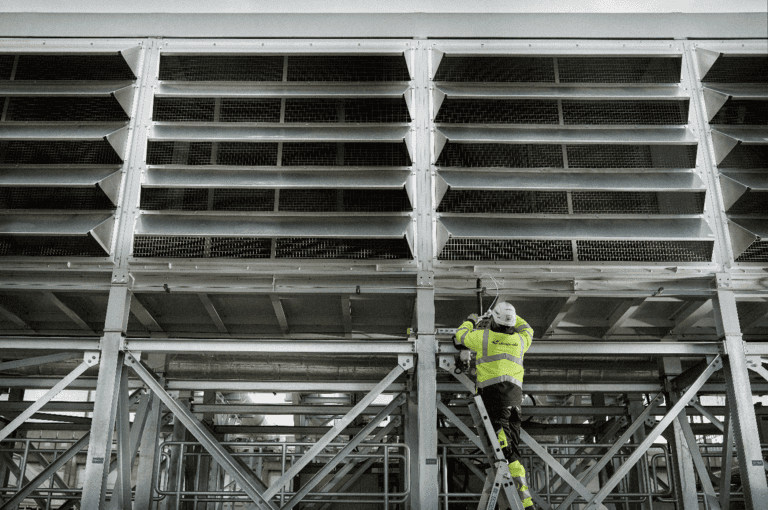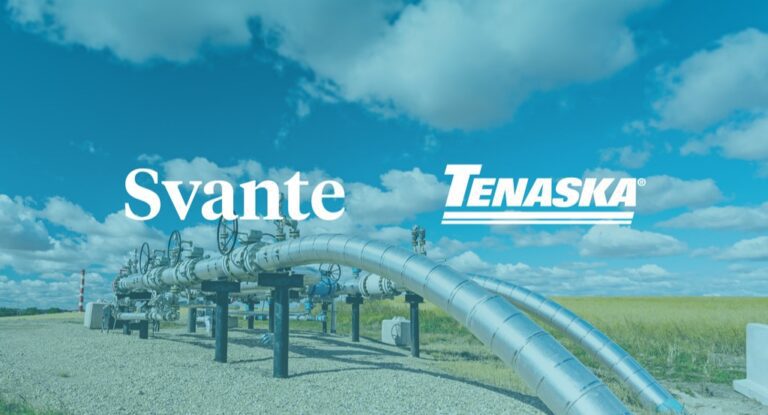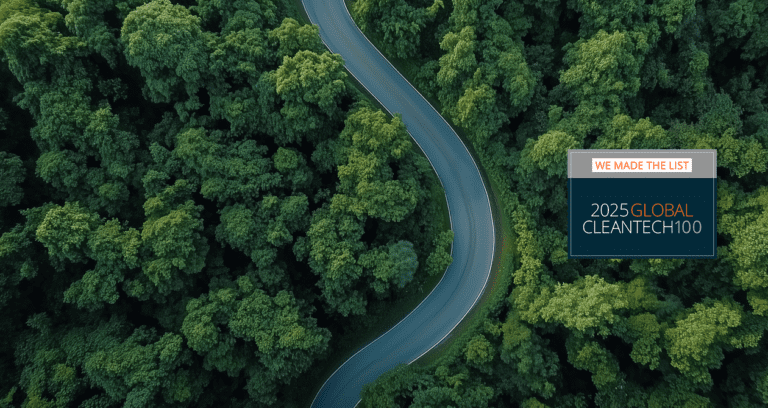The opening of a carbon dioxide market could signal the commercialisation of carbon capture and storage technology (CCS).
CCS has been viewed as a game-changing technology for many years but it’s relatively high cost and nascent position in the clean energy technologies market stopped it from flourishing.
Furthermore, the cancellation of Drax’s £1 billion CCS project has not done the technology any favours in getting off the ground.
CCS technology captures, transports and stores carbon dioxide emitted from fuel combustion or industrial processes.
According to the International Energy Agency’s scenario, CCS should contribute to 12% of the cumulative emission reductions needed up to 2050 to achieve the climate goals set in the Paris Accord.
But before CCS projects can be rolled out on a wider scale, the cost of the technology needs to be reduced to a level whereby it is commercially viable. That is to say that carbon dioxide stored by a CCS plant can be sold for a marginal profit to an end user, thereby creating the supply and demand required for a market to develop. Carbon dioxide is used in industry to make cement, polymer, fuels, chemicals, fertilisers and methanol.
The US government has pumped funding into CCS, though as of yet the technology is yet to reach this price point milestone.
Cutting technology costs by two Vancouver-based start-up Svante Inc. (formerly Inventys Thermal Technologies Inc.) has put in place a three-step plan to commercialise its CCS plants. The company yesterday closed an initial $11 million tranche of Series C equity financing and is expected to close a second $10 million tranche by the end of the year. The proceeds will be mobilised to deliver the plan, which involves: the successful implementation of a 30-tonne a day demonstration plant, preparation of a detailed design package for commercial CCS plants, and the receipt of a first order in late 2020.
Claude Letourneau, CEO of Svante, told Clean Energy Pipeline: “We have changed the economics of carbon dioxide capture by lowering the capture cost by a factor of two, compared to the current technology. “Developing a market place means there is a supply and demand for our product there will be trading of that commodity.
“To enable that market place to happen we first need a way to supply that CO2 at the lowest cost that the market can bare.”
Letourneau continued by explaining that Svante’s CCS plant aims to capture, store and transport carbon dioxide at $50 per tonne of the product. Starting small scale Svante believes that building small model plants that capture and store between 30-600 tonnes of carbon dioxide a day would be the most effective method to achieve this price point.
He said: “Our technology is modular, small scale and you can deploy the thing economically to meet the carbon dioxide market needs.” Svante would also locate the CCS plants as close as possible to the carbon dioxide end user in order to minimise transport costs.
The Svante demonstration plant will be located next to an enhanced oil recovery site, owned by integrated gas company Husky Energy. The aim of the project is to “shift carbon capture cost down to less than $30 per tonne and if we do, that will trigger some application,” the CEO added.
If you’d like more interesting coverage of clean energy deals and companies, you can subscribe to clean energy pipeline at sales@cleanenergypipeline.com













